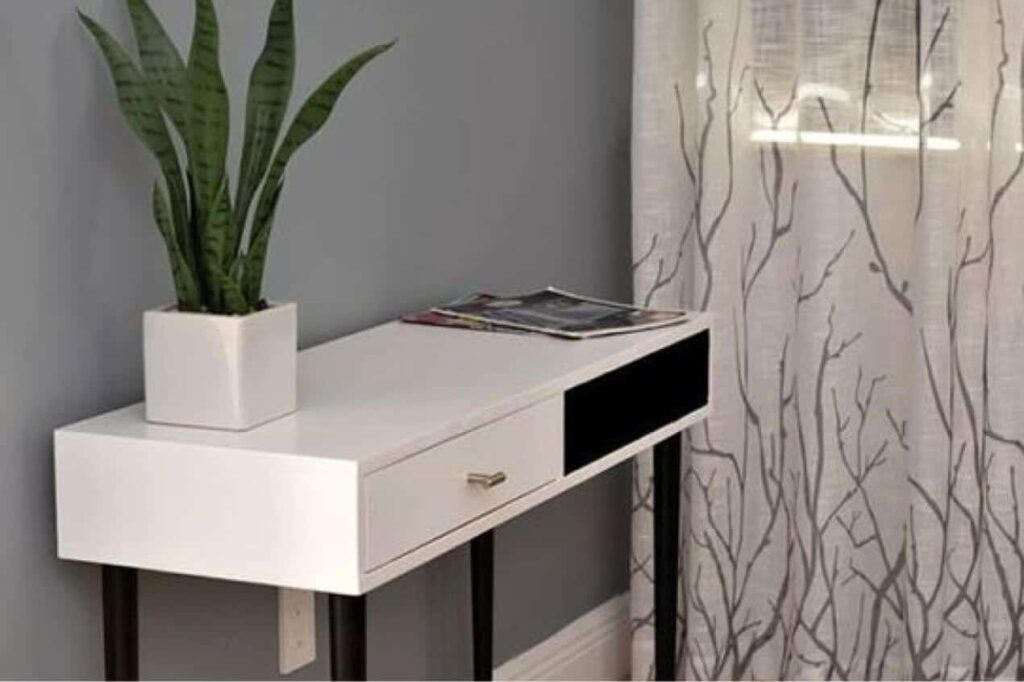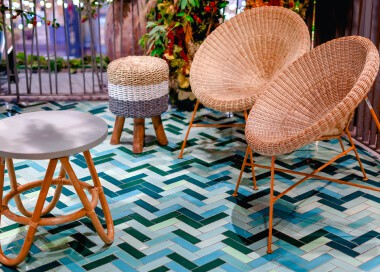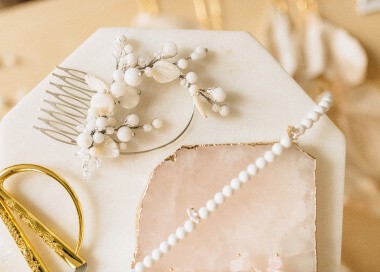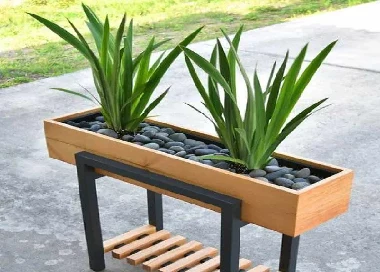Mid-century modern design has stood the test of time, offering a blend of sleek lines, functional form, and timeless elegance. A Mid-Century Modern table captures the essence of this design style and serves as a statement piece in any home. In this article, we’ll guide you through the process of creating your own Mid-Century Modern table, providing you with the satisfaction of crafting a piece of furniture that exudes sophistication and charm.
The Elements of Mid-Century Modern Design
Before you embark on creating your Mid-Century Modern table, it’s important to understand the key elements of this design style:
- Clean Lines: Mid-century modern design is characterized by clean, uncluttered lines that create a sense of openness and simplicity.
- Minimalist Aesthetics: The use of minimal ornamentation and decorative elements ensures that form follows function.
- Organic Materials: Furniture pieces in this style often incorporate natural materials such as wood, leather, and glass.
- Bold Colors: Mid-century modern design isn’t afraid to use bold and vibrant colors, particularly in upholstery and accents.
- Functionality: Practicality is a core element of Mid-Century Modern design. Furniture should serve its purpose effectively.
Materials and Tools You’ll Need
To craft your Mid-Century Modern table, you’ll require the following materials and tools:
Materials:
- Wood: Choose a quality hardwood like walnut or teak, which are commonly used in Mid-Century Modern furniture.
- Wood Glue: For joining wood pieces securely.
- Screws: To reinforce connections.
- Sandpaper: Various grits for smoothing and finishing.
- Wood Finish: Such as Danish oil or a clear polyurethane for protection and an elegant finish.
Tools:
- Table Saw or Circular Saw: To cut wood to the desired dimensions.
- Miter Saw: For precise angle cuts, often required in Mid-Century Modern design.
- Doweling Jig: For creating sturdy, seamless joints.
- Clamps: To hold pieces together during assembly.
- Screwdriver or Drill: For attaching screws and securing the table.
- Router: For adding decorative edges, if desired.
Steps to Make Your Mid-Century Modern Table
- Design Planning: Start by creating a design plan for your table, specifying dimensions and the type of wood you’ll use. Mid-Century Modern tables are often characterized by slender, tapered legs and a clean, minimalist tabletop.
- Wood Preparation: Use your table saw or circular saw to cut your wood pieces to the appropriate size and shape. This may include the tabletop, legs, and any additional elements.
- Joinery: Create joints using your doweling jig to ensure a strong, seamless connection between the tabletop and legs. Mid-Century Modern design often includes angled or slanted legs, which can be achieved with the miter saw.
- Assembly: Apply wood glue to the joints and secure them with screws. Use clamps to hold the pieces together while the glue dries.
- Sanding: Smooth all surfaces with sandpaper, starting with a coarse grit and progressing to finer grits for a polished finish.
- Finish: Apply a wood finish of your choice to protect the wood and enhance its natural beauty. Danish oil or clear polyurethane is a common choice for Mid-Century Modern pieces.
- Optional Detailing: If desired, use a router to add decorative edge details to the tabletop.
Crafting a Mid-Century Modern table is a rewarding project that allows you to bring the timeless elegance of this design style into your home. By paying attention to clean lines, organic materials, and minimalist aesthetics, you can create a piece of furniture that not only serves a practical purpose but also stands as a work of art in your living space. Follow the steps and embrace the design principles of Mid-Century Modern style, and you’ll have a beautifully crafted table that complements your home’s decor and reflects your DIY craftsmanship.





Thanks for sharing. I read many of your blog posts, your blogs are very good.